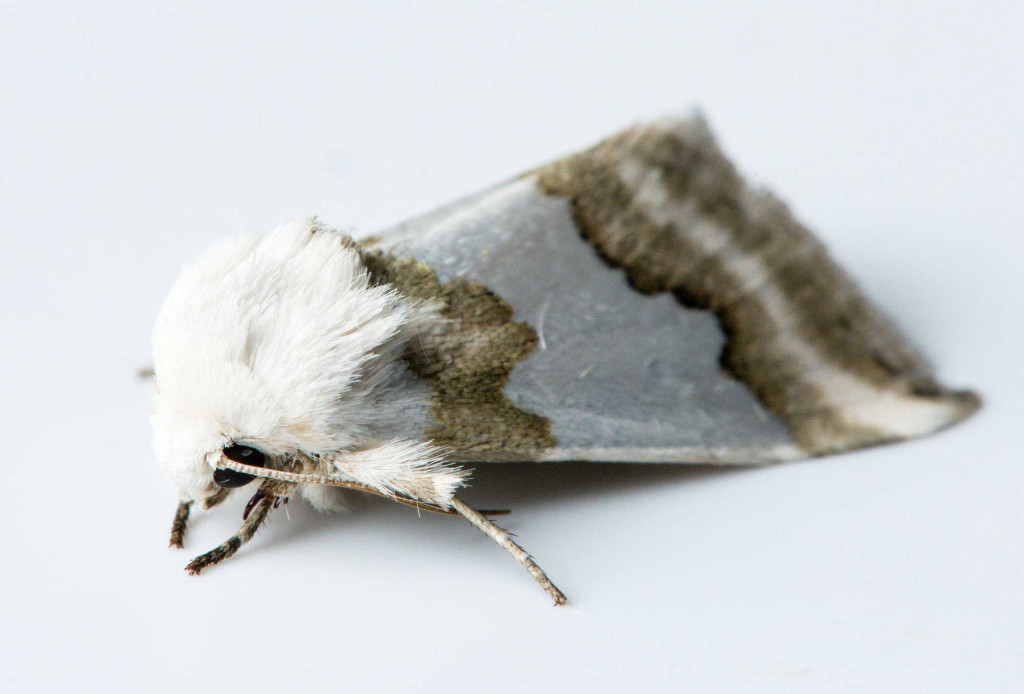
By Monica Macoubrie, Wildlife Education Specialist
As the sun dips below the horizon, a hidden world awakens under the cloak of darkness. In the shadows of woodlands, across the sprawling plains and along the meandering waterways, nocturnal creatures emerge to navigate the night. From the silent wings of owls to the cryptic movements of mammals, Nebraska’s nocturnal creatures have evolved to thrive in the darkness.
In this realm where sight yields to sound and scent, these creatures play essential roles in the complex web of life and shaping the balance between predator and prey.
Owls – The Silent Hunters
Under the cloak of night, owls reign supreme as the silent hunters of the skies. These remarkable birds possess an array of nocturnal adaptations that are finely tuned to their environments. One such adaptation is their specialized vision. Owls have large, forward-facing eyes equipped with a high density of light-sensitive cells, allowing them to gather and process even the faintest traces of light. This visual acuity enables owls to pinpoint prey in the darkest of moonless nights.
Moreover, an owl’s keen hearing complements its vision. Uniquely structured facial discs act as sound collectors, channeling subtle noises to its asymmetrical ears, allowing it to accurately locate prey based on sound alone. Additionally, the soft fringe of feathers on an owl’s wings helps to muffle the sound of its flight, granting it silent passage through the night skies, an advantage when hunting unsuspecting prey.
As apex predators, owls play a vital role in Nebraska’s ecosystem by regulating populations of small mammals and birds.
Navigators of the Night – Bats
Twelve species of bats found across Nebraska’s diverse habitats exhibit extraordinary nocturnal adaptations. One of the most remarkable features of bats is their echolocation ability. Emitting high-frequency sound waves, bats navigate through the darkness with unparalleled precision, detecting obstacles and prey by the echoes that bounce back to them. Echolocation not only aids in navigation but also enables bats to hunt with remarkable efficiency, snatching insects mid-flight with astonishing accuracy.
Furthermore, bats possess specialized wings that allow for agile flight, essential for darting through dense vegetation or pursuing evasive prey. Their furry bodies provide insulation against the chill of the night, ensuring optimal body temperature regulation during flight.
In Nebraska, bats serve as essential contributors to the ecosystem, playing a crucial role in controlling insect populations. Despite their often-misunderstood reputation, bats are integral components of Nebraska’s nocturnal landscape.
The Ghost of the Prairie – Nightjars
Nightjars are a group of nocturnal birds known for their cryptic plumage and haunting calls. They belong to the family Caprimulgidae and are characterized by their wide mouths and long wings, which aid them in catching insects mid-flight. Nightjars are often active at dusk and dawn, and their elusive nature and camouflage make them difficult to spot during the day.
The nightjar’s camouflage allows it to blend in seamlessly with its surroundings, making it nearly invisible to predators and prey. This mottled plumage resembles the earthy tones of the bird’s habitat, providing effective concealment as it roosts on the ground or low branches during the day, waiting for the cover of night to become active.
The nightjar is also renowned for its haunting call, which you can hear echoing across the Nebraska prairies at night. These vocalizations serve multiple purposes, including attracting mates, establishing territory and communication with other nightjars in the area.
Additionally, nightjars possess large, wide mouths equipped with bristle-like feathers, which help them capture insects on the wing. Their silent flight further enhances their stealth as they glide through the night in search of prey.
In the Spotlight – Mysterious Moths
Moths showcase an array of adaptations finely tuned for their nighttime lifestyle. These winged insects, belonging to the order Lepidoptera, are renowned for their intricate wing patterns and remarkable diversity.
One of moths’ most prominent adaptations is their keen ability to navigate and locate resources in the dark. Moths possess specialized sensory organs, such as antennae equipped with sensitive receptors, allowing them to detect pheromones released by potential mates over long distances.
Additionally, their compound eyes are highly sensitive to dim light, enabling them to orient themselves to locate floral nectar sources or suitable habitats for breeding.
Moths also exhibit remarkable camouflage, with many species boasting patterns and colors that blend seamlessly with their surroundings, effectively concealing them from predators during their nocturnal activities. Furthermore, some moths have evolved unique mechanisms for defense, such as the ability to emit ultrasonic sounds to deter predators, such as bats.
In Nebraska, moths play essential roles in pollination, contributing to the reproductive success of numerous plant species, including yuccas and smoothstem blazingstar . Their nocturnal adaptations highlight their resilience and ingenuity in navigating the nighttime landscape, making them integral components of Nebraska’s diverse ecosystems.
As the sun sets over the plains of Nebraska, a world of nocturnal wonders awakens. From the silent flight of owls to the echolocation of bats, each creature plays a vital role in the intricate web of life that thrives under the cover of darkness. By understanding and appreciating these nocturnal inhabitants, we gain a deeper appreciation for the rich biodiversity that exists within the state.
So, the next time you find yourself beneath the Nebraska night sky, take a moment to listen and observe — you never know what nocturnal marvels might reveal themselves in the shadows.
